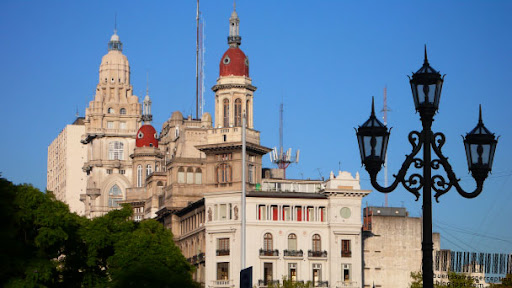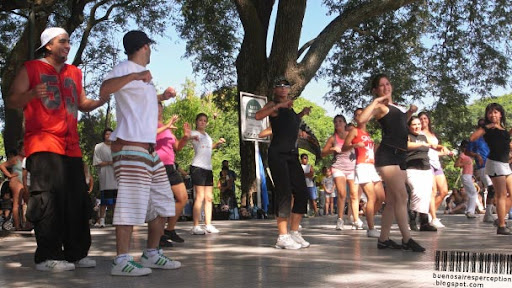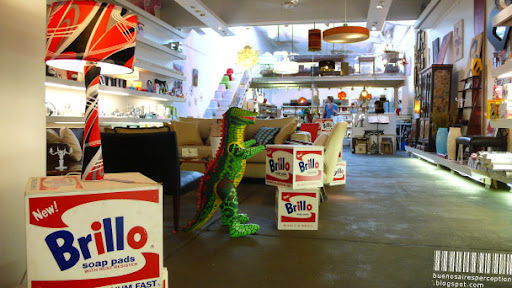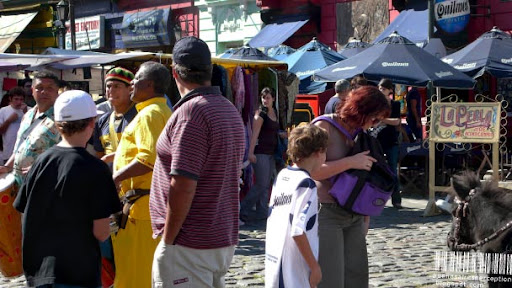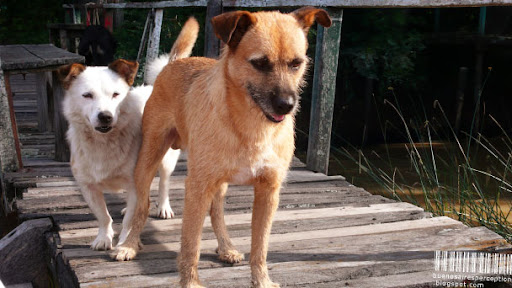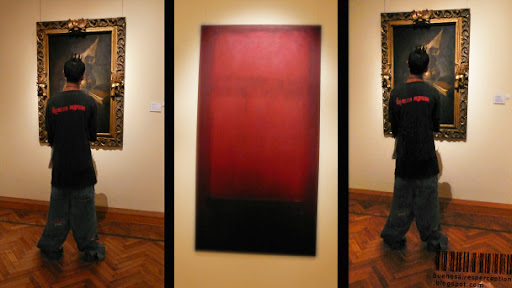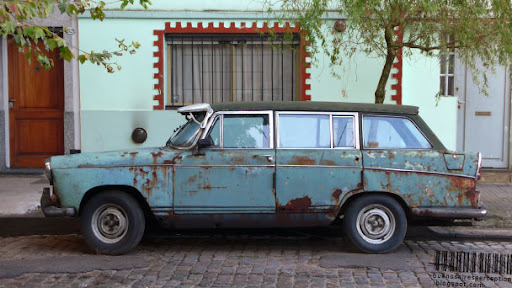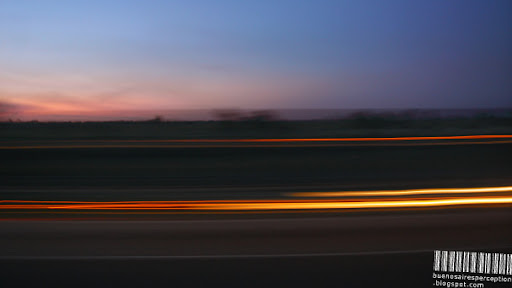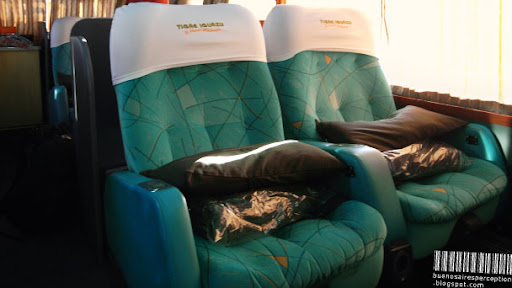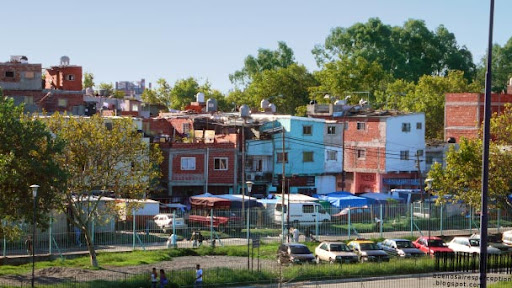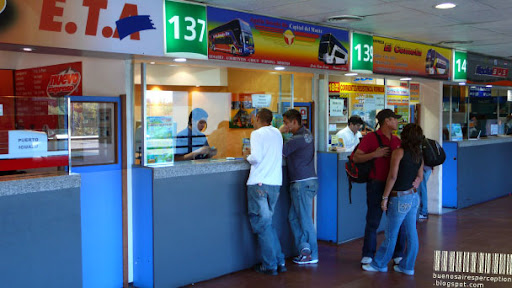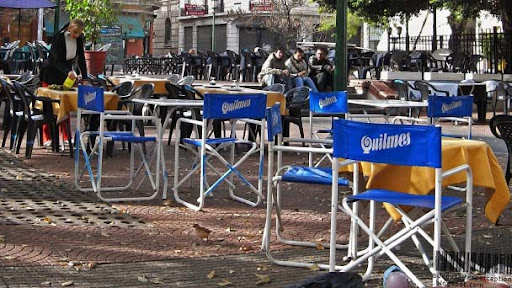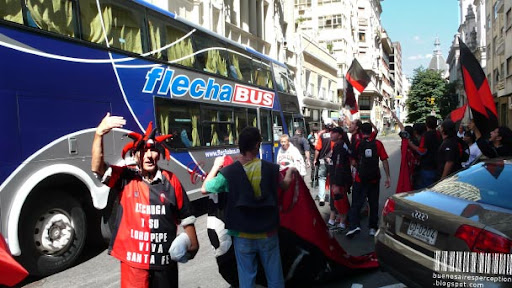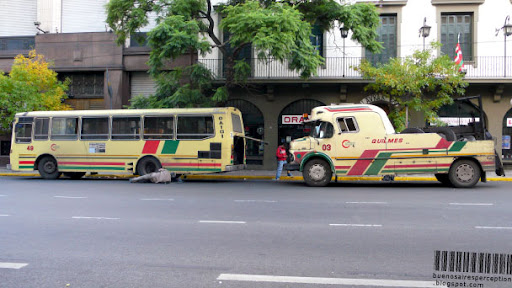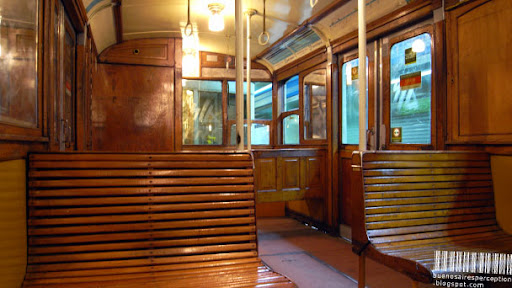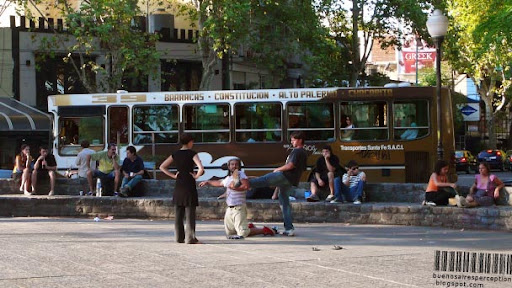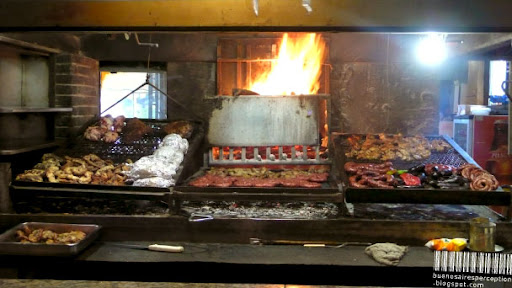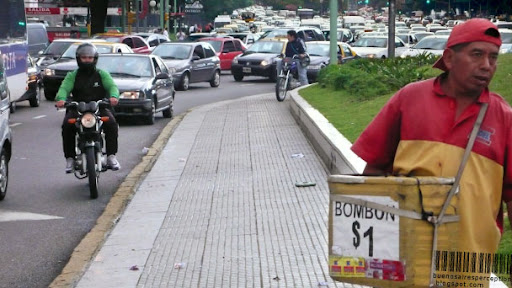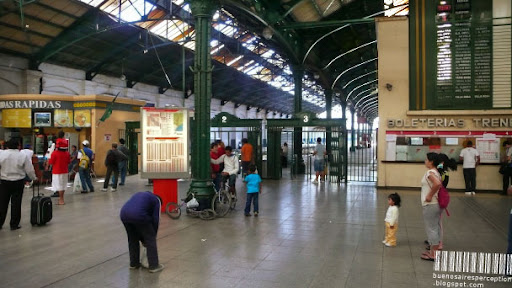- 7

The subway network of Buenos Aires could be larger but at least the city is lucky to have a functioning underground transportation system that covers a large part of the city already. While four long lines lead straight to and from downtown Buenos Aires, there are two other lines that expand vertically. That is a good start but not yet sufficient. The city definitely needs more circular connectors between the radial lines. This would make public transport a lot easier, faster, and more efficient. Anyway, I love to tour around with the Subte. It tells so much about the people and the city.


